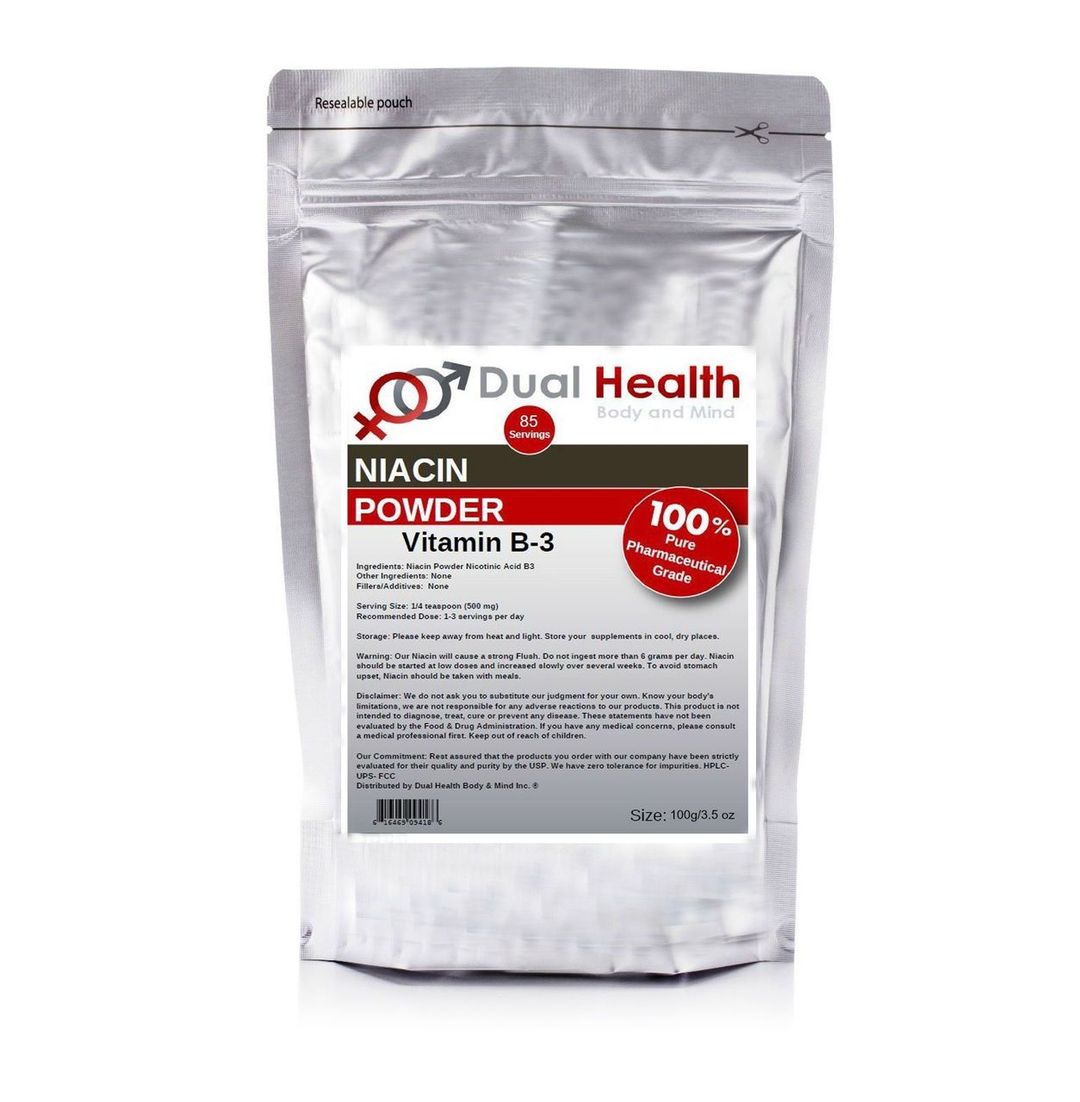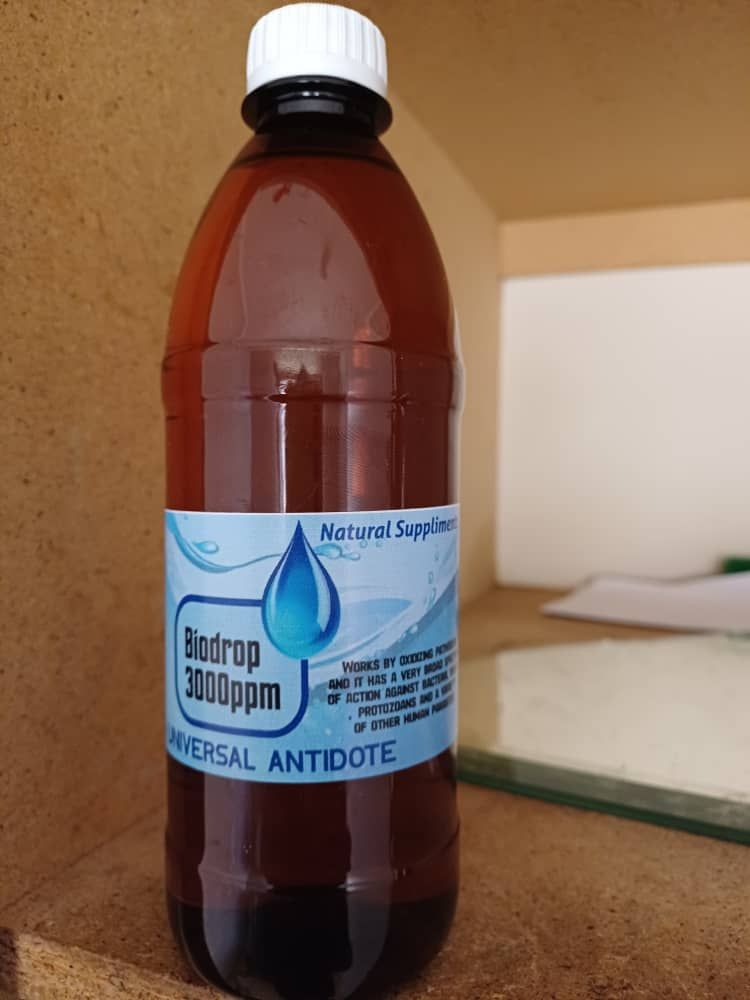New Earth Healing
Category

Supplements
Contact Dr Jay :+264812853856
Whatsapp Group
Tiktok
Fibroid Shrink & Ovarian Cysts
Niacin & Ferric Ammonium Citrate (Brown)
Niacin is involved in the metabolism of carbohydrates, protein and fat and the generation of energy from foods. Niacin is needed in the formation of red blood cells and some hormones, and in the metabolism of some drugs and toxicants. Niacin is also required in the production of hydrochloric acid. Niacin supports normal central nervous system function and is important to the health of the skin and helps maintain normal digestive tract function. Nicotinic acid stimulates circulation, helps maintain normal blood pressure and blood triglyceride levels. Nicotinic acid is very effective at lowering LDL cholesterol while raising HDL cholesterol, both of which support normal cholesterol levels. Niacin has been important to the field of orthomolecular nutrition for its use supporting the higher functions of the brain and cognition. While niacin was originally helpful for the dementia of pellagra, high doses have been used to support normal mood and psychological function. Ferric Ammonium Citrate is a dietary supplement used to treat iron deficiency anemia. It is also used to prevent iron deficiency in people who do not get enough iron from their diets.
$3,850.00
/ 200 G
Biodrop
It should be noted that BIODROP is an oxidizer, It effectively eliminates harmful cells, cleansing the body of elements that are causing sickness, therefore allowing the body’s healthy cells to be able to do their jobs properly in helping the body to cleanse and heal itself. The BIODROP ;turns into regular table salt inside the body within 2 hours after consumption.
$950.00
/ 500 ML
Sodium Thiosulfate & Ascobic Acid
Sodium Thiosulfate + Ascorbic Acid protocol that Tony Pantalleresco advises. This protocol can be used against many serious problems -- including Lupus, Morgellon's, Lyme disease, Candida, SIBO, IBS, Crohn's disease, Ulcerative colitis etc. To keep the explanations simple and brief, this protocol should be used for all diseases or problems whose core origins are suspected to be in the intestines.
$2,950.00
/ 750 G
Methylene Blue
"Alzheimer's Disease Alzheimer's disease is a progressive brain disorder affecting millions worldwide. Recent studies have shown that methylene blue may effectively treat Alzheimer's disease by reducing the buildup of toxic proteins in the brain. These toxic proteins, amyloid plaques, and tau tangles are believed to be the underlying cause of Alzheimer's disease. By reducing the buildup of these proteins, methylene blue may be able to slow or even halt the progression of the disease. Sepsis Management Sepsis is a potentially life-threatening condition when the body's immune system overreacts to an infection. It can lead to organ failure and even death. Methylene blue effectively treats sepsis by reducing inflammation and improving blood flow. (5) One study found that methylene blue improved survival rates in patients with sepsis significantly. Parkinson's Disease Treatment Parkinson's disease is a neurodegenerative disorder that affects movement, and the death of dopamine-producing neurons in the brain causes it. A recent study found that methylene blue can protect these neurons and prevent their death, potentially slowing or halting the progression of the disease
$850.00
/ 50 ML






